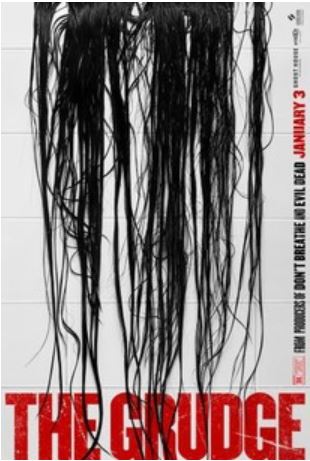The Grudge film review & movie abstract
Therefore, the first purpose for her becoming an Onryō in The Grudge is due to the malevolent spirits she was fed by her mother, and never purely because of the painful nature of her demise. Many critics of the MPAA system, particularly independent distributors, have charged that major studios’ releases often obtain extra lenient therapy than unbiased films.

Ebert argued that the system locations too much emphasis on sex, while permitting the portrayal of massive quantities of ugly violence. The uneven emphasis on sex versus violence is echoed by other critics, together with David Ansen, in addition to many filmmakers.
The the rest of the Saeki household rise once more as ghosts as a result of curse, notably Kayako, who seems as an onryō ghost. According to Kayako’s diary, the couple had tried over time to conceive a child, however had been unable to, as revealed in the negative being pregnant outcomes clipped to the diary. However, Kayako abruptly introduced Takeo a baby she claimed as their son simply after their move to a new house, naming him Toshio. Takeo eventually found out from a hidden tape that Toshio was not his, however an incarnation of a boy named Toshio Yamaga residing in the home before who “entered” Kayako’s womb.
The “PG-thirteen” rating was launched on July 1, 1984, with the advisory “Parents Are Strongly Cautioned to Give Special Guidance for Attendance of Children Under thirteen – Some Material May Be Inappropriate for Young Children”. The first film to be released with this rating was the 1984 John Milius warfare film Red Dawn. In 1985, the wording was simplified to “Parents Strongly Cautioned – Some Material May Be Inappropriate for Children Under 13”. After receiving a letter from Kayako, Peter visits the Saeki house only to seek out each her and Takeo’s corpses along with Toshio’s ghost.
Why does Kayako kill?
Principal photography on the film began on January 26, 2004 and wrapped in July 2004 in Tokyo, Japan. The Grudge was released in North America on October 22, 2004, by Columbia Pictures. The film grossed $187 million against a $10 million budget.
Eric Watson, producer of the independently distributed, NC-17-rated Requiem for a Dream complained that the studios are paying the finances of the MPAA, which gives the studios leverage over the MPAA’s decisions. Film critic Roger Ebert called for changing the NC-17 rating with separate ratings for pornographic and non-pornographic adult movie.
He known as for an A (adults solely) ranking, to indicate movies excessive in violence or mature content material that should not be marketed to youngsters, however don’t have NC-17 ranges of sex. He additionally called for the NC-17 rating to be removed and have the X score revived. He felt that everybody understood what X-rated means, whereas fewer individuals understood what NC-17 meant. In the early Nineteen Eighties, complaints about violence and gore in films similar to Indiana Jones and the Temple of Doom and Gremlins, both of which received PG ratings, refocused consideration on films seen by young children and pre-teenagers.
